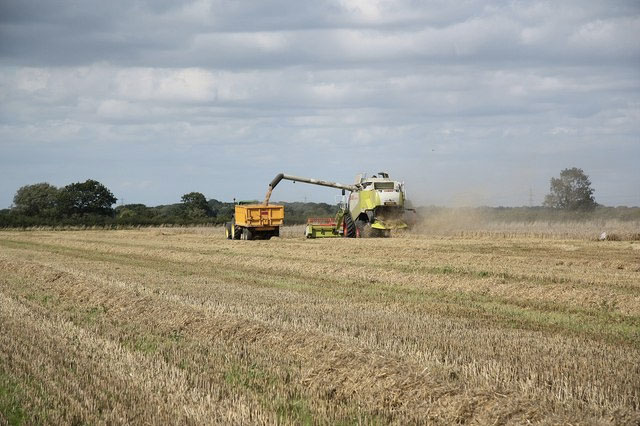
Farm business incomes fell by 30% in 2012/13, according to latest government figures.
Dogged by the wettest summer in 100 years, it is hardly surprising that many arable and livestock farmers’ incomes suffered, says Andrew Vickery, head of rural services at Old Mill accountants. But two years have passed since then – so what can the industry really learn from such historic figures?
“After a dreadful farming year in 2012 for many, the 2013/14 trading year was much better – and yet confidence is weakening again as we move through 2014/15,” he says. “Take the dairy sector, for example: In a sample of our clients generally stronger milk prices, stable costs and improved production led to an 18% jump in gross margins in the year to March 2014. But between February and June this year average milk prices have dropped by 2.25p/litre, so the outlook is less rosy than it was.”
The same could be said of arable incomes – despite largely excellent yields this harvest, arable producers are facing the lowest cereal prices since 2010. “What these figures – historic and current – really show us is the volatility that farmers face from one year to the next,” says Mr Vickery.
“Of course, there are tools to mitigate that – selling grain forward or locking into winter feed prices, for example. Even if markets go the wrong way, at least you have some hard figures to budget with.”
But one of the most important things farmers who are facing a potentially tight year ahead can do is to plan their cash flow. “Think carefully about your cost requirements in the coming 12 months and whether you need to extend banking facilities to cover those,” says Mr Vickery. “You could also claw tax back from HMRC by reducing payments on account, or recovering overpaid tax from previous years.”
Perhaps surprisingly, 91% of farms had non-farm income in 2012/13, which accounted for 28% of total household earnings. Comprising pensions, benefits and non-farming business income, this more stable revenue helped to soften the overall drop in household earnings to 17%, year-on-year.
“These figures show how important it is to claim the benefits you’re entitled to, and how non-farming businesses can provide a useful extra income stream,” says Mr Vickery. “However, diversification should not be used to prop up a struggling enterprise. Just because commodity prices are falling right now does not mean farmers should panic into diversifying. Any business decision should be made for the right commercial reasons in both the medium and the longer term.”
